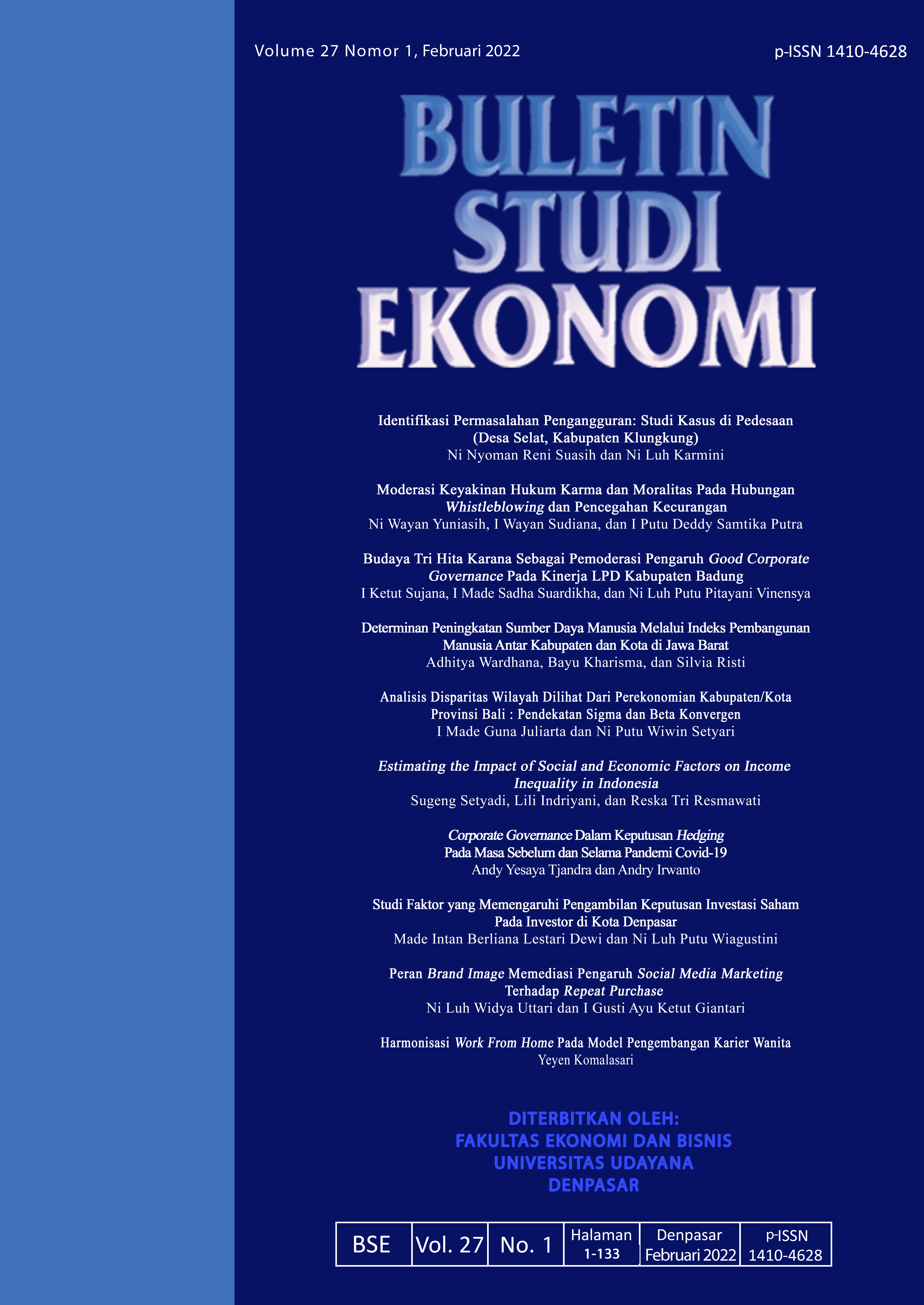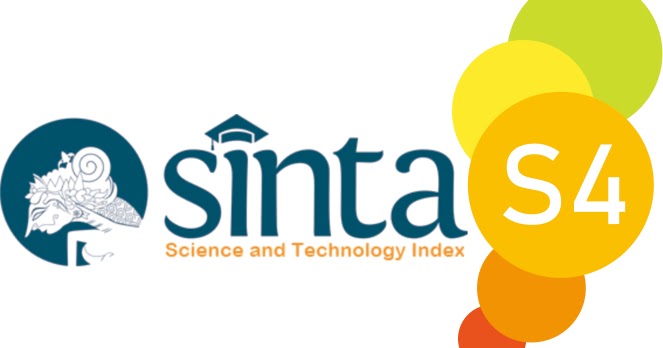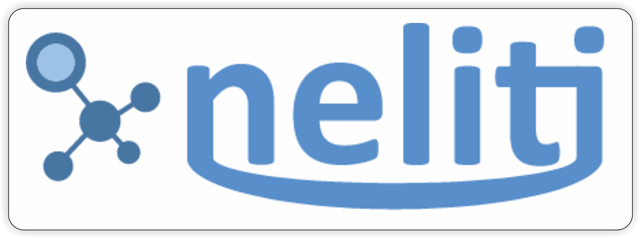DETERMINAN PENINGKATAN SUMBER DAYA MANUSIA MELALUI INDEKS PEMBANGUNAN MANUSIA ANTAR KABUPATEN DAN KOTA DI JAWA BARAT
Abstract
This study aims to analyze how many indicators support the Human Development Index (HDI) in increasing HDI between districts and cities in West Java. This study uses a panel data model by combining time-series data from 2016 – 2020 and cross-sectional data from 26 districts and cities in West Java. The Human Development Index as the dependent variable, while the ratio of health expenditure and education expenditure to GRDP, life expectancy and average length of schooling and GRDP per capita as independent variables. The results showed that government spending in the health and education sectors had a significant effect on the Human Development Index. The same thing in per capita GRDP affects the improvement of the quality of resources through the HDI indicator. Furthermore, the indicators of Life Expectancy (AHH) and Average Length of Schooling (RLS) as well as per capita income have a significant effect on HDI, while the role of government spending in the health and education sectors has not had a large enough impact compared to the average length of schooling.




















